Getting Started in Stock Investing and Trading, Illustrated Edition
$20.73
| Author(s) | |
|---|---|
| Format |
|
| Pages |
306 |
| Publication Year |
2013 |
The purpose of Getting Started in Stock Investing and Trading, Illustrated Edition is to present you with a range of ideas, strategies, and market realities, all aimed at helping you to identify your appropriate risk tolerance level, and then determine which investing and trading ideas are going to work best for you. Everyone is different, so no quick fix or formula is going to work for everyone. In fact, trying to duplicate someone else’s investing or trading system is not a wise idea because your unique profile (including income, assets, experience, and perceptions of markets and risks) demand that your approach makes sense.
Introduction:
The stock market has become known as a volatile place to invest. Many risks and opportunities are available to investors and traders alike. Any novice stock market investor needs to develop a complete understanding of the risks they face when money is placed in the market.
This does not mean you should avoid investing; it does point out how important it is to become educated about risk in the stock market. There are no fast or easy ways to gain knowledge or a trading edge. Paid services, the Internet, and financial planners all offer expert services, but in the final analysis it all comes down to each individual learning for themselves what works and what does not.
Are you an investor or a trader? This book makes a distinction between investing and trading. An investor is an individual interested in identifying and buying shares of stock for long term price appreciation, also called growth; and earning superior returns from dividends while protecting their capital. Part 1 of this book includes chapters about how to develop an investing program to build your portfolio based on the principles of fundamental analysis.
A trader is more interested in moving in and out of investment positions in the short term, making a higher volume of smaller profits. Traders rely on reading charts, spotting short-term trends, and taking advantage of the market’s tendency to overreact to current news (meaning that the prices of stocks tend to move too far in one direction, and then correct by reversing). This price swing is easy to spot in hindsight, but more difficult to anticipate ahead of time. Successful traders work on their skills in identifying the signs based on price charts. Part 2 is focused on trading skills and techniques, and is based on the principles of technical analysis.
Today, many people are shy about the market. The volatility of recent years is a definite problem for anyone who puts capital at risk, but does that mean that staying out of the market makes sense? It does not. The alternatives are bleak. Savings rates are lower than ever before and do not outpace inflation. This means that even the modest inflation of recent years erodes the purchasing power of money left in savings. The only sensible alternative is to develop a program of investing and trading that minimizes risk while offering superior returns. Avoiding the market is just as great a problem as taking too many risks within the market; so the best approach is to develop a portfolio defensively.
A “defensively” built portfolio is one that is developed with complete knowledge about risk and opportunity, which you build and manage based on thorough research, acquired knowledge, and resistance of market forces. This book is designed with this necessity in mind. In the future, markets will go through cycles of relatively low volatility, followed by highly erratic months or even years. Investors and traders can earn profits in all kinds of markets, assuming that they have built a defensive portfolio and avoided taking risks they cannot afford. This makes it essential not only to understand risks, but also to define where you fit in the risk spectrum. Most people are going to be somewhere in the middle between extreme conservatism and extreme speculation, but that is a broad range. For this reason, both of the first two sections of the book begin with chapters examining and explaining a range of different risks.
The purpose in this endeavor is not to provide easy answers, but to help you to begin your journey into acquiring knowledge about a complex and changing stock market. Knowledge reduces risk and increases profit. This is the basic premise that has dominated the preparation of this book. Since publishing the first edition, the markets have become even more volatile than in the past. This is in some respects a disturbing trend because it means that risks are high for everyone. However, in another sense volatile markets present many opportunities that are not to be found in calmer, less volatile investing environments.
Several new features have been added to this edition. This illustrated edition is designed to appeal visually as well as to greatly improve on the connection between graphics and text. A new Chapter 1 describes the nature of stock investing by examining common myths and beliefs. A new Chapter 6 discusses dividend strategies. Many investors ignore the importance of dividends; but this form of income may represent a very important segment of overall returns.
In Part 2, Chapter 8 has been added to set up the following chapters with an examination of the nature of stock trading. In Chapter 13, you find a summary of signals and confirmation of price movement. These new chapters, together with updated chapters from the first edition, provide novices with an overview of the market; and provide more experienced investors and traders with an important overview of how the market works, keeping risk in mind, and setting up policies and goals to enhance your success in the ever-changing and volatile stock market.
Contents:
- The Nature of Stock Investing
- Investment Risks
- Value Investment and Growth Investment
- Market Strategies
- Fundamental Analysis
- Dividend Strategies
- Alternatives: Stocks or Mutual Funds
- The Nature of Stock Trading
- Trading Risks
- Trading Methods: Day and Swing Trading
- Charting Tools and Interpretation
- Essential Technical Indicators
- Signals and Confirmation
- Technical Analysis, Dow Theory, and Practice
Getting Started in Stock Investing and Trading, Illustrated Edition By Michael C Thomsett pdf
18 reviews for Getting Started in Stock Investing and Trading, Illustrated Edition
Clear filtersOnly logged in customers who have purchased this product may leave a review.

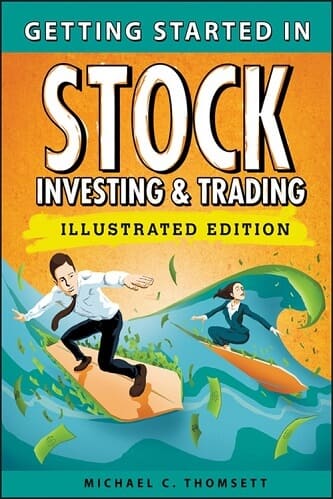
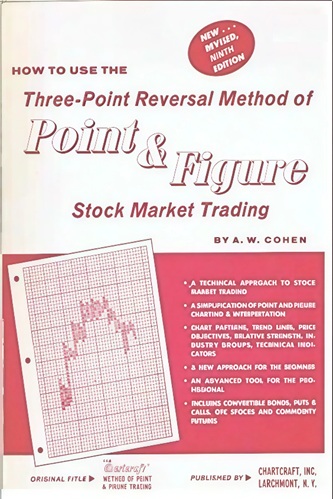
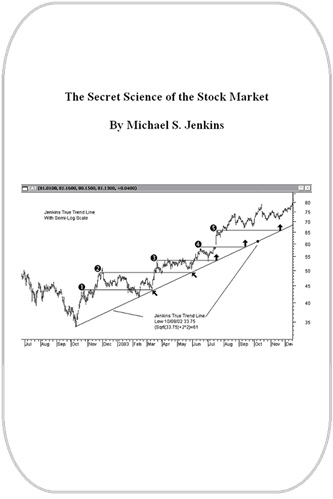
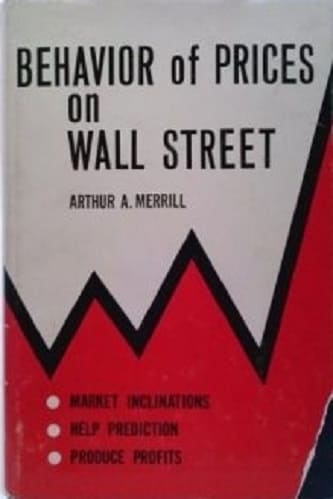
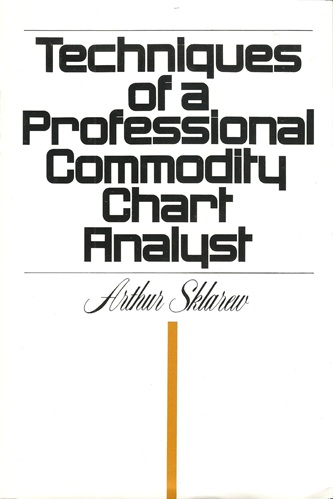
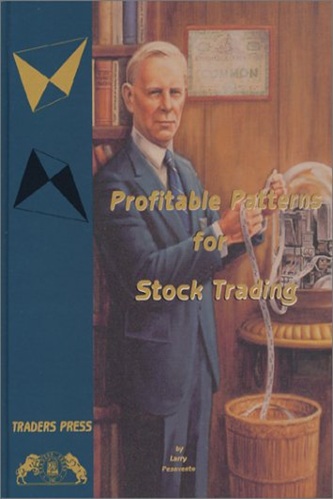
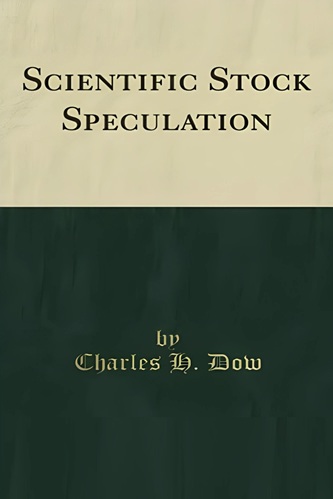

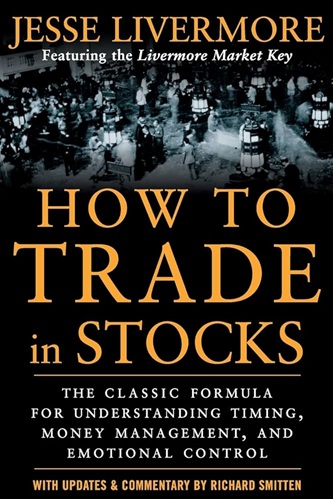
Jaycee Randall (verified owner) –
Excellent book on Investing & Trading. Very well organised chapters starting from the fundamental knowledge on the topic. All chapters very well illustrated and explained to readers. A must read for people interested in investing and also for people who already invested.
Journee Mendez (verified owner) –
only basic level of charts are explained in trading part of the book.
it helps in choosing companies for investment
Mabel Patel (verified owner) –
Good book easy read, a good fundamental investing guide.
Avery Walls (verified owner) –
I’m studying finance in college right now, and this book is a very helpful aid. I believe everybody needs to be educated about investing and the stock market because it’s just very important and useful to know. This book explains about stocks, investing, and so on very clearly, and the pictures make the pretty boring subject matter more interesting. It also helps visual learners understand the concepts. I would definitely recommend!
Larry Bravo (verified owner) –
This book barely prepares the novice for investing their hard-earned money in the stock market.
What to know the truth? The truth is too boring in this case.
The best thing for a beginner to do is to put their money into an index fund.
Be sure to read The Clash of Cultures by John C. Bogle. He is the founder of Vanguard and goes against the grain of what you hear and read about on Bloomberg news and The Wall st Journal.
Helena Cardenas (verified owner) –
“Getting started In Stock Investing and Trading” by Michael C. Thomsett covers a wide range of investment and trading education. This book covers both fundamental and technical analysis. The comic strip panels that run throughout the book highlight major points and provide an alternative view of the material covered. The author has included what I feel are very helpful information keys. These are shown as Key Points and Valuable Resources. They identify information of special importance to the subject and list many very valuable websites. This book is a must read ( must study ) for anyone trying to improve their investing and trading knowledge.
Parker Tyler (verified owner) –
I found the book to be educational and helpful in answering many questions I had. The layout is very easy to read and the graphs I found to be very helpful. The author isn’t afraid to address some of the pit falls one might encounter when investing. I appreciate the definitions to some of the investing and trading that I had misconceptions about. Overall I believe the book to be very helpful. vr
Mya Leon (verified owner) –
I’ve been investing for over 30 years but have never taken economics or any courses in investing. I was hoping to get a book that would clearly explain investing concepts. This book does a nice job of that. I generally throw out the income statements I receive from companies, but now I can look them over and have a fair idea of what’s behind the figures. I thought the illustrations in the book were okay, but sometimes cluttered the appearance. Some of the chapters about day trading and tracking trends were of little interest to me. I’ll keep this book as a good reference for years to come.
Joe Jackson (verified owner) –
As a long time investor I was curious to review a book with ” cartoons”. I think if you are starting out with stocks this book has all the information in clear terminology that you need to understand the market. I didn’t mind the cartoons, and I thought they might make a difficult subject more palatable. I have several girlfriends who don’t want to think about investing, or managing their money for a variety of reasons. I think a book like this is less threatening and easier to read, IF you are that type of person, so it fills a purpose in my opinion.
Johnathan Nunez (verified owner) –
This book is similar in style to something like the Dummies series with the heavy graphical layout. I like that very near the beginning the book talks about the various risks involved in investing (including not doing so), and that it goes beyond the one most commonly talked about (market, sector, company). In fact, the book covers a lot of ground in terms of investing and trading in the stock market. Obviously, the more subjects you touch on, the less detail you can go into. You get what’s advertised, though.
Arthur Dickerson (verified owner) –
The author starts things off by explaining the main differences between buying and selling stocks for the purposes of investing (i.e., buying and holding) versus trading (i.e., making shorter-term transactions), what kind of things you need to understand about these two types of activities (including the risks you’re taking), and what kind of tools and analyses you can use to make informed decisions. For readers with absolutely no experience playing the stock market, the author provides suggestions on how to get started risk-free by engaging in virtual or paper trading first using a few recommended websites, or to consider the pros and cons of getting exposure to the stock market by making mutual funds or exchange-traded funds (ETF) purchases.
The author then proceeds to explain what fundamentals and technical analyses are, and how they can help you make better stock picking, buying, and selling decisions.
Fundamentals analysis involves sizing up the financial and competitive health of a company based on measures derivable from several years worth of the company’s (and ideally, as well as its rivals’) balance sheets and income statements. Technical analysis involves recognizing important price movement patterns that may be signaling shorter-termed buying or selling opportunities. As the author explains, both types of analyses can help an investor or a trader make better decisions, but their limitations should also be considered.
I thought the book is very well written. The only thing I would suggest to make it even more valuable is to add more material to the fundamentals analysis section. My feeling is that while the several chapters on technical analyses were very interesting and informative, the single chapter on fundamentals analysis could benefit from a more extended discussion. For example, instead of covering just a handful of financial ratios, the chapter can include a few more additional ones that are quite useful to know as well.
Amoura Tucker (verified owner) –
There is a strong history of presenting “complicated” material in an illustrated format. I first learned the complexities of various literary theories through this method. Texts like Freud for Beginners and Foucault For Beginners may look like “comic-books,” but they have the power to engage the reader who, otherwise, wouldn’t care to plow through a dense tome. Therefore, while it may seem almost “embarrassing” to purchase this book (I mean, you are basing your financial future on a “comic-book”), there are countless graduate students using very similar texts to learn elaborate concepts. It is becoming more and more mainstream, so there is little need for concern.
As far as accessibility is concerned, this text can be easily understood by most laypeople. Any professional jargon is clearly defined and thoroughly explained. Happily, the text genuinely invites beginners into this complicated world … that’s pretty refreshing. Now, while this work contains an adequate explanation of “how stocks work,” it does feel a little like an “introduction to economics” course (which may be exactly what you need). However, if you are solely interested exploring technical analysis (necessary to becoming a competent, active trader), this may not be the text for you. The information here is a bit sparse. (This is just a gentle warning).
As far as aesthetics are concerned (and, since it is an illustrated text, this warrants attention), the orange/black/white artistry can be taxing on the eyes. A blue, purple, or deep green hue may have been a more appropriate (though, perhaps, less dynamic) choice. I could only read about thirty pages per-sitting before my eyes felt fatigued.
This is a fine introductory text that has the power to instruct those who are reluctant to dive into a more traditional text. As an educational tool, it succeeds. Nonetheless, just understand that reading this will not prepare you to engage in active trading. You will need to expand your reading to accomplish this.
Trent Stanton (verified owner) –
I have some experience when it comes to investing in the market but I am always ready to learn more. This book uses graphs, drawings and cartoons to demystify what can be an intimidating process for some. I was intimidated by the stock market at first and a book like this would likely have helped. It is well planned, thorough and has a good glossary and index.
The layout of the book in very logical. Part one deals with investing the part two deals with trading. Icons that point out certain key bits of information are included in both sections. They are a Key Point icon, a Valuable Resource icon, a Definitions icon and an Example icon. These are interspersed in the text and offer, on average, a sentence or two of information that is critical to the material being read. There are comic strips featuring the Adventures of Stockman which sum up each chapter.
Part one looks at the nature of investing, the risks involved, value and growth investment, market strategies, analyzing potential investments, looking at what to do with dividends and looking at the difference between stocks and mutual funds. It covers 124 pages.
Part two looks at the nature of stock trading, trading risks, trading methods, charting tools and interpretation, essential technical indicators, signals and confirmation and technical analysis and Dow theory. It covers 138 pages. The glossary is 23 pages which is impressive for a book like this and the index is four pages.
The information in the book covers the basics of investing. It was a nice refresher for me and I found chapter six on dividend strategies and chapter 14 on technical analysis and Dow theory most interesting.
Ivan Rowe (verified owner) –
Good explanation of fundamental concepts
Trenton Khan (verified owner) –
With financial education not exactly widespread in our economy, many people who are curious about stock market investing have trouble getting the information they need to get started. Sure, there are websites with information, but many of them are selling you something, and many will assume knowledge of fundamentals that someone new to investing might miss. This book by Thomsett fills the gap in an entertaining and easy to read manner. If you’ve done any investing in the stock market beyond mutual funds, it is likely you know most of this information, but the truth is that Thomsett is covering terms and ideas that even moderately experienced investors could have missed. I thought the cutesy cartoon format would detract from the book, but it is actually particularly effective.
The book starts with a discussion of risk. Many beginners think risk is just the risk of losing money on a stock that drops, but Thomsett elucidates the concept. He goes through basic market risk, but also covers leverage, knowledge, sector, policitical, and even risks from inflation and lost opportunity. Yes, most people think cash is “risk-free”, but they miss the loss of buying power due to inflation.
From this base of knowledge, the book introduces fundamentals including basic financial metrics, stock trading tactics, how to read a candlestick chart, and some basics on technical analysis. For those for whom this is too much, a good discussion of mutual funds is included as well.
This book is certainly not the entire financial education. It is a buffet of introductions. Any one of the 14 chapters could merit a book on its own. But for someone just starting out, it is a surprisingly effective book and one I would highly recommend.
Opal Stephenson (verified owner) –
Lots of important info and terms. Great for someone just starting out.
Florence Sheppard (verified owner) –
I have been trading and investing in the markets for over 30 years. I got this book because my partners and I sometimes teach free classes on the markets, and I was puzzled about a book on the markets having cartoons. I was wondering whether the book might make a good text for our classes. I did not learn anything from this book, but given my own knowledge and experience, I did not expect to. I give the book 5 stars. This is a good book for beginners, people that know little about the markets, trading or investing, but are interested in learning. The book explains market basics, value investing, growth investing, trading, day trading, swing trading, fundamental analysis, technical analysis and so on. I personally was not that impressed with the cartoons, but they may be helpful to some and so I do not count them as a negative. One feature I really liked about the book is that it takes the time as you read to define various concepts and meanings. I also liked the fact this book is full of references to many web sites you can go to for further information (free). I liked that, and I found that several of the web sites referenced in this book are web sites we refer students to in our classes. If you have been thinking about getting involved in the markets and just do not know where to start, I would recommend this book as one of a few good starter books. You should also check out the “for Dummies” series of books, also available on sacred traders. On the other hand, if you are an experienced trader or investor, you will likely find this book a waste of time. But it remains a good starting point for beginners, and I would recommend it for them.
Matilda Novak (verified owner) –
I’m new to investing and this is my first investment in that effort. Or maybe I would say best. I purchase another book but it got really dry and went into to much history. To me this book discussed what I need know about, terms, building my investment philosophy, tools/indicators typically used. Over all a easy ready, no complicated, but encouraging. I plan to take the notes from this and move on to the next steps.. The only thing that would make it 5 is if they had a work sheet or template to define strategy and making first trades.